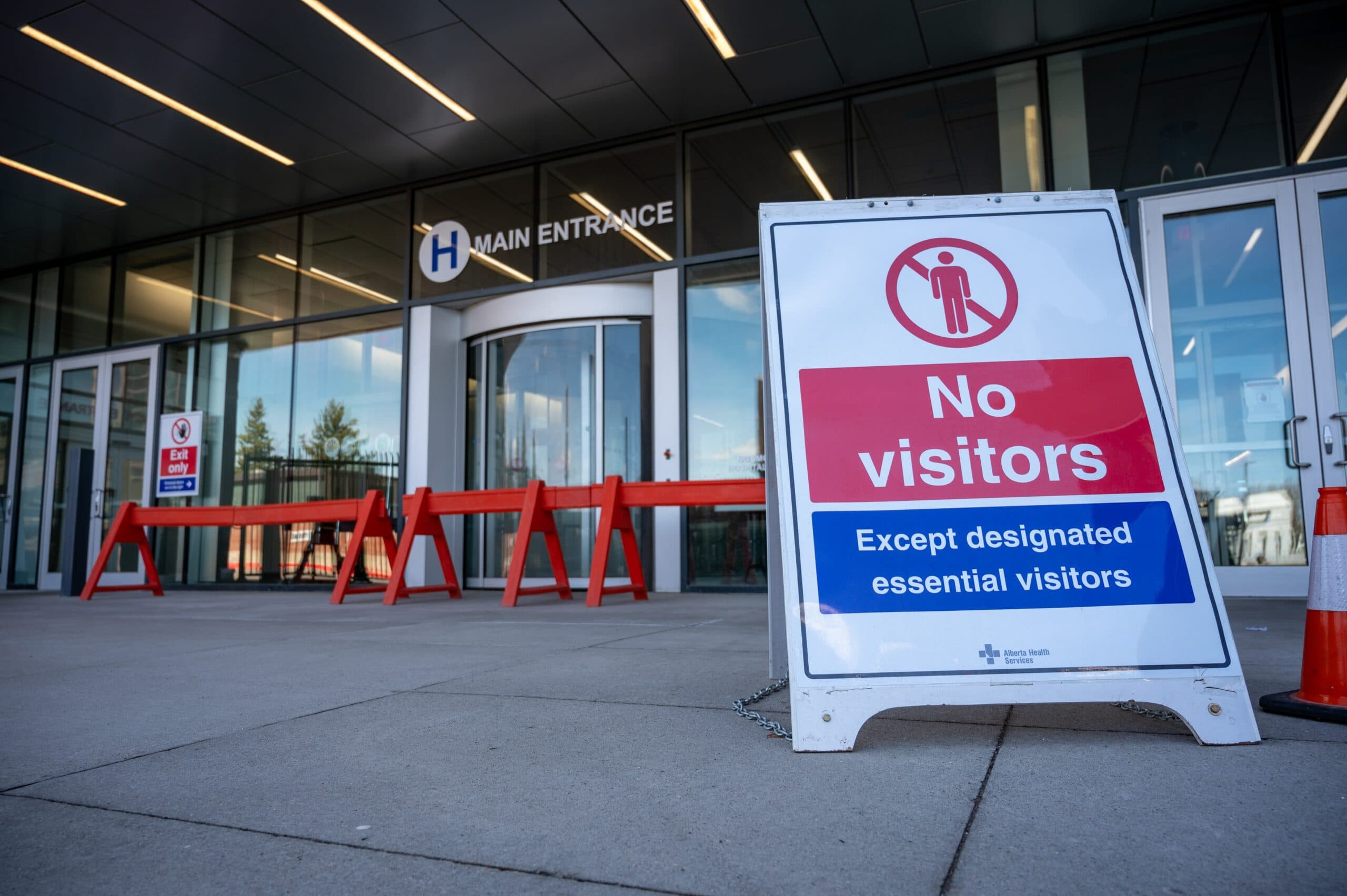The Victorian Government has contracted with tech giants Salesforce and IBM to digitise their contact tracing efforts after being slammed by the Federal Government.
On Tuesday, the Prime Minister criticised Victoria’s roadmap out of lockdown as the “worst case scenario.”
“The most important thing is ensuring that we build an integrated tracing capability right across the country that enables a country to remain open despite the threat of outbreaks,” Prime Minister Morrison said.
Related: VIC Government should go back to the drawing board: ACCI
Until recently, much of the Victorian contact tracing system has been paper-based, supplemented by call centres and fax machines.
“[The changes] will cover the whole program of contact tracing – from positive result coming in, the interviews, follow-up phone calls and coordination of Operation Vestige to the clearance of cases and contacts to be managed all within the one system,” the Victorian Government said in a statement.
The contracts with Salesforce and IBM bring in cloud-based data management and artificial intelligence to help manage contact tracing.
“The Salesforce product … is about trying to consolidate and align many different platforms into one platform,” Premier Andrews said in a statement on Tuesday.
“That means there’s less pens and appears, less manual data entry and it facilitates the notion of devolving some of our response – everyone can input into the same platform and everyone can have line of sight of the same data and information at the same time.
“It’s everything from case interviews, testing results and notes from outbreaks. It’s everything that sits in a number of different systems being put into one platform, and allowing people from every place to be able to have line of sight of that, which I think is a very, very important thing.”
A spokesperson from Salesforce explained that it will be brought in to support Victoria’s existing manual contact tracing system.
“Salesforce is working with the Victorian government to deliver new processes and technology to support the work of its manual contact tracing team. This technology is being used by governments across Australia and the world to help deliver streamlined and effective contact tracing.”
Salesforce has already been working with Western Australia, South Australia, New Zealand and 35 jurisdictions in the US.
Related: First-ever AI strategy released by NSW government
IBM was initially used for the Australian Defence Force however is now being used to streamline Health Department interview analysis.
“It is used for other things and that is a matter for the ADF. But it has been adapted — it has been retro-fit, if you like — to give us some of that predictive capacity that can help you pick up patterns that might not necessarily be obvious,” Premier Andrews said.
“It’s using technology that’s really for other purposes – the notion of using machine learning, artificial intelligence, predictive stuff that’s not built for a pandemic but is really valuable in these circumstances.
“It lets you see patterns that may not be obvious or that would take thousands of thousands of hours of staff going through things, or things you may not have been able to find.”
However many GP practices are still reliant on fax machines and phone calls.
Former Australian Medical Association president Mukesh Haikerwal expressed frustration at Victoria’s public health system.
“The contact tracing, until recently, has been woeful,” Dr Haikerwal told ABC News.
“And I don’t blame the people doing it, they’re fabulous people doing a fabulous job — it’s just the numbers were massive, the whole public health response in Victoria had been dumbed down.”
Despite criticisms of Victoria’s delay in digitising contact tracing, Victoria’s Chief Health Officer Professor Brett Sutton defended the timing of this move.
“The system that we had, we didn’t know what would be required, we didn’t know we’d get to 700 cases a day, and we didn’t know what the particular weaknesses in terms of our particular database would be,” Professor Sutton told 3AW radio.
“It was pretty clear that March was our busiest time during the first wave and you don’t change the entire system and retrain everyone right in the middle of it.”
Keep up to date with our stories on LinkedIn, Twitter, Facebook and Instagram.

